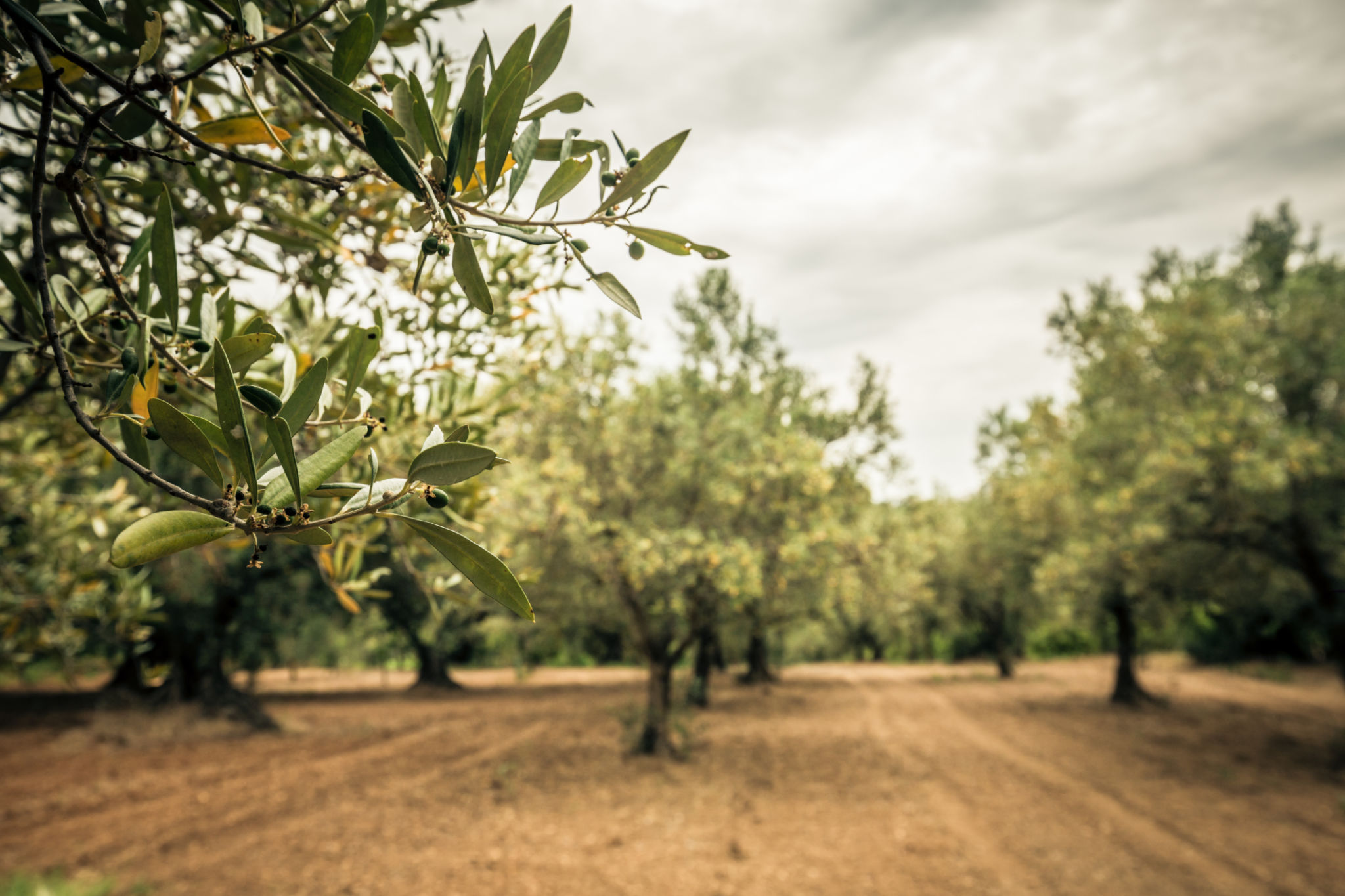How to Choose High Quality Olive Oil: A Buyer's Guide
NB
Understanding Olive Oil Grades
When selecting high-quality olive oil, the first step is to understand the different grades available. The most common categories are extra virgin olive oil (EVOO), virgin olive oil, and regular olive oil. Extra virgin is the highest quality, with a superior taste and low acidity. Virgin olive oil is slightly lower in quality, while regular olive oil is refined, often losing some of its beneficial properties.

Look for Certifications
One way to ensure you're choosing high-quality olive oil is by looking for certifications. Labels such as the California Olive Oil Council (COOC), European Union PDO, or the North American Olive Oil Association (NAOOA) can indicate that the product has passed specific quality tests. These certifications assure you that the olive oil meets certain standards regarding production and purity.
Check the Harvest Date
The harvest date is an important indicator of freshness. Freshness significantly impacts the flavor and nutritional value of olive oil. Ideally, you should choose an olive oil that is less than a year old. Look for bottles with clear labeling of the harvest date, as this transparency is a mark of a trustworthy brand.

Consider the Origin
Olive oil's flavor can vary dramatically based on its origin. Different regions produce oils with distinct taste profiles. For example, Italian oils might be more robust, while Spanish oils can be fruitier. Knowing your flavor preference can guide you towards the right choice, making your culinary experiences more enjoyable.
Packaging Matters
The packaging of olive oil plays a crucial role in maintaining its quality. Look for oils stored in dark glass bottles or tins, which protect against light exposure that can degrade the oil. Avoid plastic containers as they can impact the taste and quality over time.

Tasting and Smelling
If possible, taste and smell the olive oil before purchasing. High-quality olive oil should have a fresh, fruity aroma and a balanced taste with a slight peppery finish. A rancid or musty smell indicates poor quality or spoilage.
Price vs. Quality
While it's tempting to opt for cheaper options, remember that quality olive oil requires careful production and processing, which can be reflected in its price. Investing in a good olive oil can enhance your meals and provide greater health benefits, making it worth the extra cost.
Read Reviews and Recommendations
Finally, consider reading reviews or seeking recommendations from trusted sources or friends who appreciate quality olive oils. Personal experiences can provide valuable insights into the taste and usability of different brands, helping you make a more informed decision.
